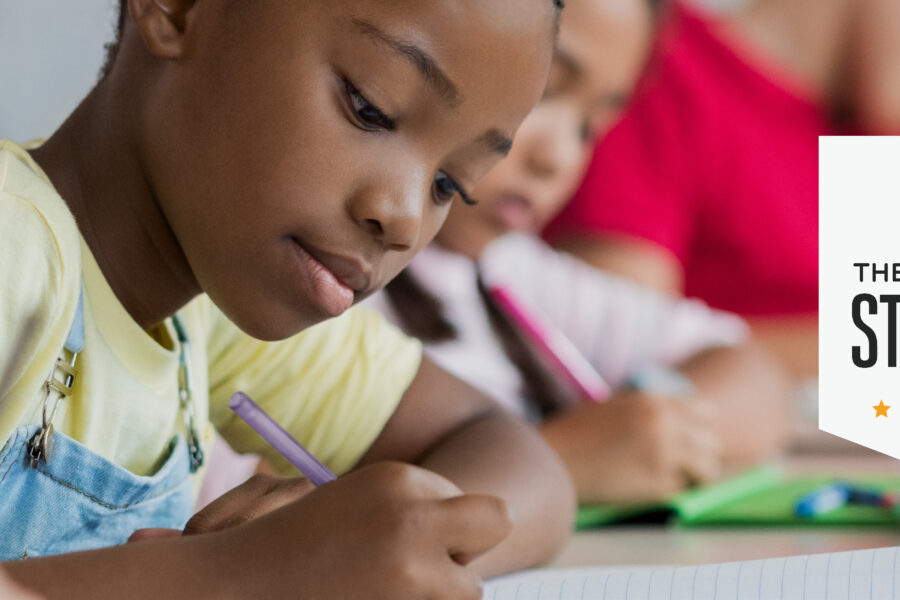What is the value of a diploma? Learn why it really matters.
20 percent of students ages 18-24 in Louisiana have not completed high school and, as a result, will cost the state more than $26 billion dollars in diminished revenue and other social costs over their lifetimes, according to the report, The Value of a Diploma, produced for ACE Scholarships by Didi Fahey, PhD, President of Quantitative Research, Evaluation and Measurement (QREM), an independent, third-party, evaluation firm based in Denver.
“The report shows that individuals without a high school diploma have difficulty living independently and caring for themselves,” explains John Oliver, Chief Program Officer for ACE Scholarships. “Lower educational attainment also results in greater dependence on government social programs, including food, housing, and medical assistance.”
In Louisiana, 90,000 of the state’s 470,616 young adults ages 18-24 have not completed high school. Citing multiple sources, The Value of a Diploma reports that dropping out of high school will result in more than $1.2 million ($888,000 in lost earnings over 30 years, and $292,000 in social service costs) for each person over their lifetime.
“ACE saves society money and enhances the quality of life for each recipient,” explained Oliver. “93 percent of our families stated that they could not afford a private education and would be stuck in schools that are a bad fit for their kids without ACE.”
Using statistics from the U.S. Department of Labor and other sources, the report demonstrates that higher educational attainment results in economic stability, a higher percentage of home ownership, more stable families, stronger civic engagement, and greater willingness to volunteer to serve in their communities.
In 2016-2017, 1146 students in Louisiana received ACE Scholarships at an average amount of $4,213, allowing them to attend one of 119 private schools across the state.
The Value of a Diploma details the powerful impact that ACE Scholarships has on the lives of recipients (based on national data for the ACE Scholarship program):
- ACE students graduate at a higher rate than their low-income peers – 25-36 percent higher.
- ACE students are twice as likely to attend college than their low-income peers.
- Higher rates of ACE students enroll into college after high school graduation than their low-income peers.
- ACE families receive fewer sources of public assistance and experience greater stability than their low-income peers — – meaning they stay in their homes longer, creating a more stable environment for their families, and more importantly, their children. Traditional public-school students have to change schools when they move – which is approximately once every two years.
“At ACE, we believe that every child should have equal access to a quality education,” said Oliver. “Obtaining an education is the best path toward prosperity and stability for most people, and is the best investment we can make in the future of our society.”
For more information on The Value of a Diploma, contact John Oliver at [email protected]
Related posts








